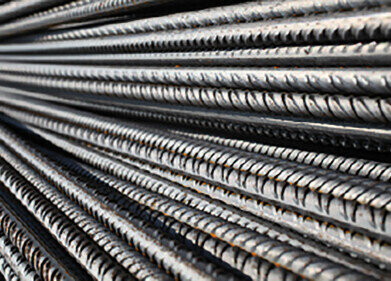Biofuel Industry News
Condition Monitoring Applications - Paper
Jan 02 2022
Every year, the global population consumes a huge 422 million metric tons of paper and cardboard. The infrastructure required to transform wood into paper products is highly specialised, with manufacturing plants relying on equipment such as chippers, conveyer belts, refiners, agitators, pressure screens, felt rollers and more. Condition monitoring plays an important role in maintaining this purpose-built equipment and maximising operational productivity.
Defining condition monitoring
Used across a wide range of industries, condition monitoring actively tracks different mechanical parameters using sensors and instruments. Data is used to gain insight into the condition of machinery and moving parts, with even minute changes used to identify emerging problems. This insight allows paper and pulp mill operators to schedule repairs when necessary, extend the longevity of assets and minimise unplanned downtime.
Read on to find out more about the different applications for condition monitoring in the paper industry.
Minimising unplanned downtime
The underlying goal of condition monitoring is to identify mechanical issues before they escalate. This knowledge is used to minimise unplanned downtime. The paper and pulp industry has faced an onslaught of challenges over the past few years, from soaring lumber prices to increases in the price of process chemicals. While condition monitoring unfolds behind the scenes, it’s front and centre when it comes to generating profits.
Monitoring parameters such as vibrations, temperature and acoustic “noise” helps alert paper mill operators to developing faults in the earliest possible stages. Repairs can then be scheduled, and unplanned downtime can be avoided.
For example, after logs are stripped of bark and chipped, pumps push them through to the digester chamber where they’re combined with chemical agents to remove lignin polymers and preserve cellulose pulp. If these pumps break down due to an overheated motor, the productivity of the entire paper plant is compromised. Infrared cameras can be used to monitor the temperature of the pump motor in real-time and alert operators before the breakdown occurs.
Reducing energy costs
Machinery that runs like clockwork uses significantly less energy than machinery plagued by misaligned parts or excessive wear. Condition monitoring helps paper mill teams identify mechanical irregularities and schedule repairs accordingly. This not only reduces energy costs and maximises efficiency but helps to increase uptime.
For example, during the drying process powerful steam-heated cylinders are used to remove excess water and fortify the paper and cardboard. Vibration sensors called accelerometers are used to track the condition of these cylinders and detect irregularities before they impact energy consumption.
The importance of monitoring corrosion
From motors and compressors to bearings and hydraulic power units, corrosion is an issue that plagues not just the paper sector but all industries reliant on mechanical infrastructure. Dr. Raj Shah from Koehler Instrument Company introduces some of the new innovations being used to combat oxidation and rust in ‘Latest advances in corrosion test methods used for greases.’
Digital Edition
PIN 25.3 June/July
June 2024
Analytical Instrumentation - Recent Advances In Various Bench Scale Accelerated Oxidative Testing Methods For Fuels - Petrochemical Industry: Anton Paar Solutions Streamline Processes, Reduce H...
View all digital editions
Events
Jul 30 2024 Jakarta, Indonesia
Jul 30 2024 Jakarta, Indonesia
China Energy Summit & Exhibition
Jul 31 2024 Beijing, China
Jul 31 2024 Chengdu, China
Aug 05 2024 Moon Township, PA, USA


















